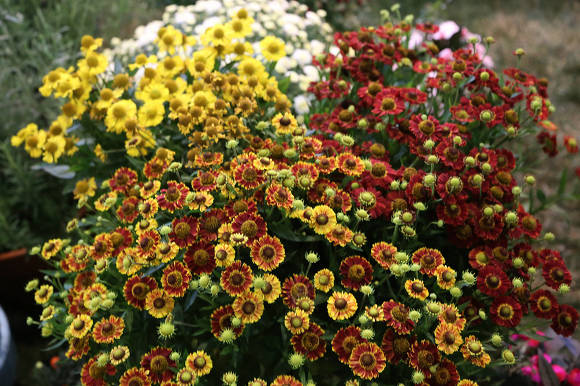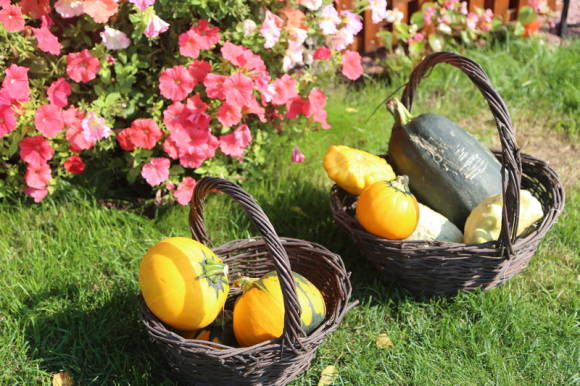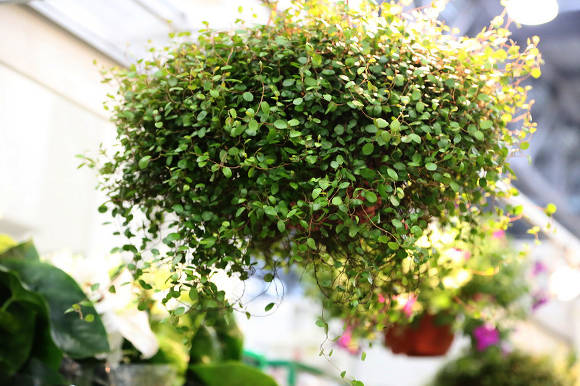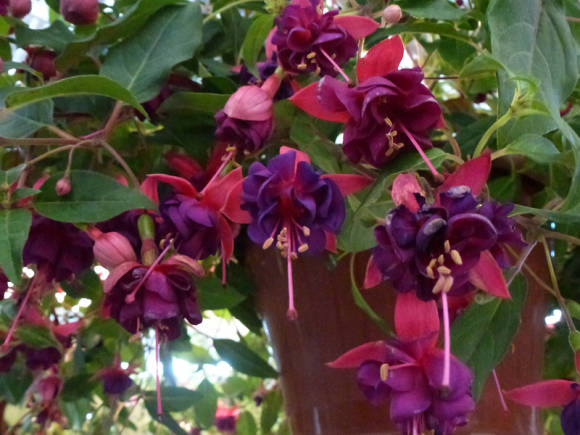
The name of this Compositae plant comes from the Greek word "helios" - the sun. The homeland of the Geleniums is North and South America; 39 species are known in nature, including annuals and perennials.
In culture, perennial species are grown - these are decorative, winter-hardy, unpretentious plants. Their main advantage is that they bloom profusely in late summer and autumn, when many plants are already fading.

Autumn Gelenium (Helenium autumnale) Is a perennial plant that comes from humid places, so its root system is poorly developed and is located in the upper layers of the soil. The plant is tall, 80–150 cm. The bushes have a columnar shape. Stems are numerous, straight, thick, strong, woody, leafy along the entire height of the stem. Leaves are light green, sessile, medium-sized, with a finely toothed edge. In its upper part, they branch strongly, each shoot ends with a flower-basket 3-5 cm in diameter. Each stem can have up to 15-20 flowers, and up to several hundred flowers bloom on the whole plant. Flower baskets are yellow, reddish, maroon with various shades, the tips of the reed flowers are yellow. Blooms from late August to late autumn. The autumn helenium bush consists of independent annual shoots with a developed root system. Small (2–5 cm) shoots overwinter in the form of shortened stems, each of which has independent roots. The bush increases in volume due to the buds that arise by the end of summer at the base of the mother's shoots. In old plantings, renewal buds develop on the soil surface and therefore can freeze out in a harsh winter. To prevent this from happening, it is necessary to add peat or humus to the old bushes every year.
Growing helenium autumn
Growing conditions... Gelenium grows well in lighted areas with fertile and sufficiently moist soil. In one place, geleniums can grow for 3-4 years. After this, a transplant or division of the bush is required, since the flower baskets become smaller and bloom weakly.
Reproduction... The bushes should be divided in the spring; when dividing, adult bushes break up into many individual specimens.
With seed reproduction, the seeds are sown in the spring, after one pick in the phase of 2-3 true leaves, the seedlings are planted in the ground in a permanent place. Young plants bloom for 2 years.
Care behind the helenium is uncomplicated. In the spring, at the beginning of the shoots regrowth, it is necessary to feed the plants with nitrogen fertilizers, then apply mineral fertilizers 1-2 times more during the growing season. Weeding, loosening, mulching with peat. In hot dry weather, abundant watering is required.

Gelenium Hoopesa (Helenium hoopesii), or early autumn, at home it grows in rocky mountains, in culture it has powerful and strong roots that go deep into the soil. Stems are strong, thick, low-leafed, branched in the upper part, during flowering they reach up to 1 m in height. Basal leaves are large, oblong-lanceolate, collected in a rosette. The stems and leaves are covered with a mealy bloom on the underside, which makes the plant very decorative. Flower baskets are orange, ligulate flowers are narrow and long. Baskets are collected in large graceful inflorescences in the form of an umbrella. Helenium blooms in June-July and blooms for 25-30 days.
Growing Gelenium Hoopes
Since the plant is native to mountainous areas, it easily tolerates drought. But for the winter, it is also necessary to sprinkle humus or peat on the bushes in order to protect the buds of renewal from frost. You can divide old bushes in spring or autumn. Seeds are sown in spring, they sprout in 7–8 days, then when they reach 2–3 true leaves, they dive and then planted in a permanent place in lighted areas with sufficient nutritious soil.
The use of gelenims in garden design
Geleniums are used in group plantings to create bright flower spots of late summer and autumn flowering and in mixed beds. Cut inflorescences remain fresh for up to 15 days.
"Ural gardener", No. 30, 2019









